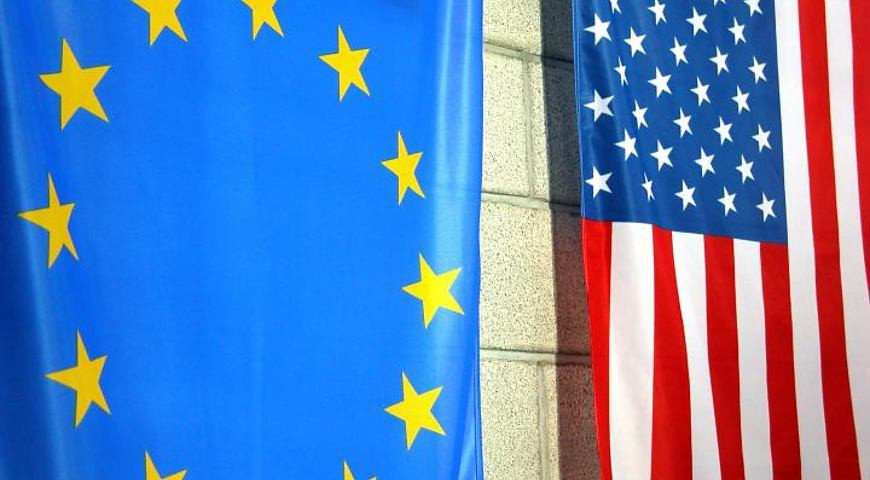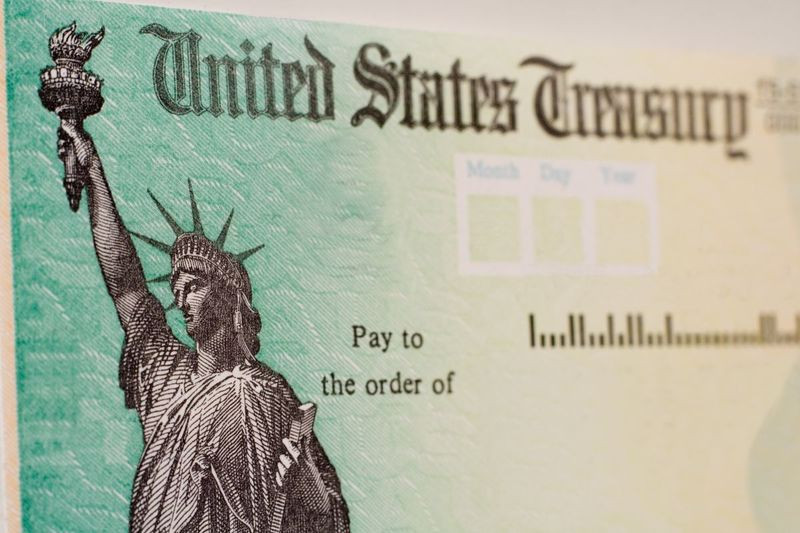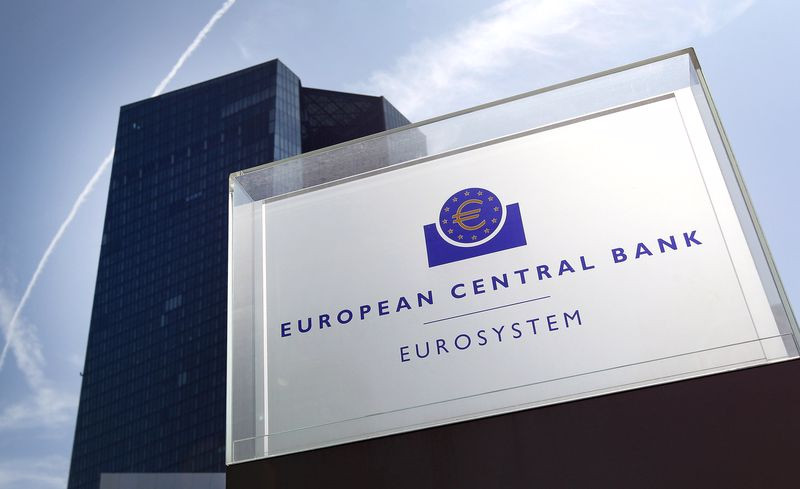
Over the past year, the greenback has grown by about 5% against its main competitors, including the euro. The largest part of this growth occurred in the second half of 2021, which was largely caused by expectations of tightening monetary policy in the United States.
At the start of the new year, the further rally of the US currency was in question, and USD fans worried that the bull market was coming to an end.
However, the greenback itself was in no hurry to refute these concerns.
Touching the local peak around 96.46 points on January 4, the dollar moved to decline, contrary to popular belief that it tends to strengthen at the beginning of the year.
However, the market's fear of the Federal Reserve's future actions allowed the US currency to find a two-month "low" near 94.62 points and embark on a recovery path.
Investors' worries were not in vain.
At the January meeting, the US central bank made it clear that the asset repurchase program would be curtailed in March, an interest rate increase was inevitable, and a reduction in the balance sheet would begin in the foreseeable future.
At the same time, Federal Reserve Chairman Jerome Powell left the door open for a larger-scale and faster-than-expected tightening of monetary policy.
The hawkish comments of the head of the Fed revived the bullish sentiment on the US currency and provoked the growth of USD to the highest level in the last year and a half in the area of 97.50.
The reassessment of market expectations regarding the trajectory of interest rates in the US has brought the EUR/USD pair to levels that it has not visited since June 2020.
The single currency has become a victim of different approaches to monetary policy on different sides of the Atlantic.

While market participants were thinking about the Fed's more aggressive policy aimed at curbing high inflation, and that the US central bank could raise the key rate in March by 50 basis points at once, its European counterpart clearly hinted that it would wait further.
European Central Bank President Christine Lagarde said that the conditions that force the Fed to raise the interest rate are absent in the eurozone, where wages are growing much slower, and more than half of the inflation currently being talked about is due to rising energy prices and, thus, inflation is likely to reverse.
As a result, the single currency sharply fell in price against the greenback, sinking by a total of 360 points from the two-month peak marked on January 14 in the area of 1.1480 to the low for 1.5 years reached last week in the area of 1.1120.
"Recently, the euro has depreciated quite sharply against the greenback, despite the fact that the currency bloc shows a decent external surplus, and the United States - a deficit. The growth of the euro requires a rally of the European stock market, a reduction in the yield spread in the United States and the eurozone, as well as an acceleration in the growth of the eurozone economy," Natixis said.
"We believe that the pressure on the eurozone was exerted by direct and portfolio capital flows, which explains the weakness of the single currency, despite the external trade surplus of the eurozone. What is the reason for this capital outflow? These are the faster growth of the US stock market with a high share of technology companies, the spread of long-term profitability between the United States and the eurozone, as well as the higher attractiveness of America for direct investment in recent years," the bank's specialists noted.
"For the euro to recover against the dollar, expectations are needed that the growth of European stock indices will catch up with the growth of US indices, the ECB's announcement of tightening policy and/or expectations of a recovery in eurozone growth to attract direct investment," they added.
Fortune, as you know, is a capricious lady, and today you are a hero, and tomorrow you are an outcast.
As soon as investors doubted that the Fed would do everything they had put in the quotes, the market sentiment against the dollar turned upside down.
The USD index updated its multi-month peaks around 97.50 on Friday, after which it began to decline.
The greenback maintained a negative attitude at the beginning of the new week. On Monday, it showed the sharpest decline in almost three weeks in relation to its main competitors.
The day before, the US currency lost almost 0.6% and ended trading near 96.62. On Tuesday, the USD index continued to retreat, although the decline seems to have met decent resistance in the area of 96.20.
The next descending barrier appears at 96.10 (55-day moving average), followed by 95.42 (January 20 low) and 94.62 (January 14, 2022 low).
On the other hand, a break above 97.44 (peak on January 28, 2022) will open the way to 97.80 (high on June 30, 2020) and then to 98.00 (round level).

The flattening of the yield curve of US Treasury bonds forced dollar bulls to take a defensive position, which, in turn, supported the euro. In fact, the spread between 2- and 10-year treasuries fell below 60 basis points for the first time since early November amid the prospects of a faster tightening of the Fed's policy.
Taking advantage of the general weakening of the dollar and the revival of risk appetite this week, the EUR/USD pair has already risen by more than a figure from the 19-month lows recorded on Friday in the area of 1.1120.
According to the results of yesterday's trading, the euro, which until recently looked like a clear outsider, became the most effective currency, demonstrating the strongest one-day growth since mid-November.
Part of the dollar's losses may be caused by the thought that the divergence in the rates of the US and European central banks may decrease, Mizuho strategists say.
Lagarde believes that the ECB does not need to act as boldly as the Fed, given the difference in economic conditions.
Although inflation in the eurozone is at a record high of 5%, the ECB expects it to decline and says a rate hike this year is unlikely.
However, a sharp increase in US rates could complicate the lives of ECB officials, experts warn. If the Fed completes the tightening cycle faster than in the past, its European counterpart will have less time to act.
Some ECB officials consider the inflation forecast overly optimistic. The report on consumer prices in the eurozone for January will be published the day before the ECB meeting and may arm the hawks with fresh arguments in favor of a change in tone.
"If the January inflation data in the eurozone surprises with its strong growth, the market may bet on a more hawkish position of the ECB. This means that the euro may find additional support ahead of the central bank's meeting on Thursday," Commerzbank analysts believe.
On Tuesday, the EUR/USD pair continued to grow for the second consecutive day. Positive statistical data on the eurozone served as a tailwind for it.
Thus, unemployment in Germany unexpectedly fell to 5.1% in January, while analysts predicted that the indicator would remain at the December mark of 5.2%. And in the entire eurozone, unemployment in December fell to 7% from the revised November level of 7.1%.
At the same time, the purchasing managers' index in the manufacturing sector of the currency bloc, according to the final assessment, rose in January to 58.7 points from 58 points recorded in December.
The 1.1200 area may provide strong support to the pair in anticipation of the ECB's verdict on monetary policy, according to ING.

"The growth of yields in the eurozone may continue to support the single currency in anticipation of the ECB monetary policy meeting this Thursday. However, this raises the bar for hawkish surprises and increases downside risks for the euro ahead of the announcement of the ECB verdict. We continue to note the high probability that ECB head Lagarde will refrain from any signals about a possible rate hike in 2022," the bank's analysts said.
"The EUR/USD pair may receive strong support around 1.1200 until Thursday, even if the dollar starts to recover," they added.
Investors are also waiting for Friday's data on employment in the US non-agricultural sector to understand how aggressive the Fed can be on the path of tightening.
According to forecasts, the number of jobs in January in the country will increase by 153,000 compared to 199,000 in December.
But it is possible that against the background of the latest wave of the pandemic in the United States, the number of jobs will not grow, but will fall altogether.
It is not yet known whether the failed statistics on the US labor market will be negative for the dollar and positive for the euro. If the numbers are really weak, this may provoke a flight from risk, and the EUR/USD pair may well fall on these data.
So far, it has not given up trying to build on the recent recovery from the lowest level since June 2020, reached on Friday.
Traders will most likely prefer to wait for the continuation of purchases before concluding that the pair has already formed a short-term basis.
A net breakdown of 1.1260 (38.2% Fibonacci retracement of 1.1480–1.1120) will allow the bulls to aim for 1.1300 and 1.1350.
The initial support is located at 1.1220, and then at 1.1200. The breakdown of this round mark will resume the "bearish trajectory of the last two weeks. The next significant support occurs in the area of 1.1150 and then at the level of 1.1100.





















